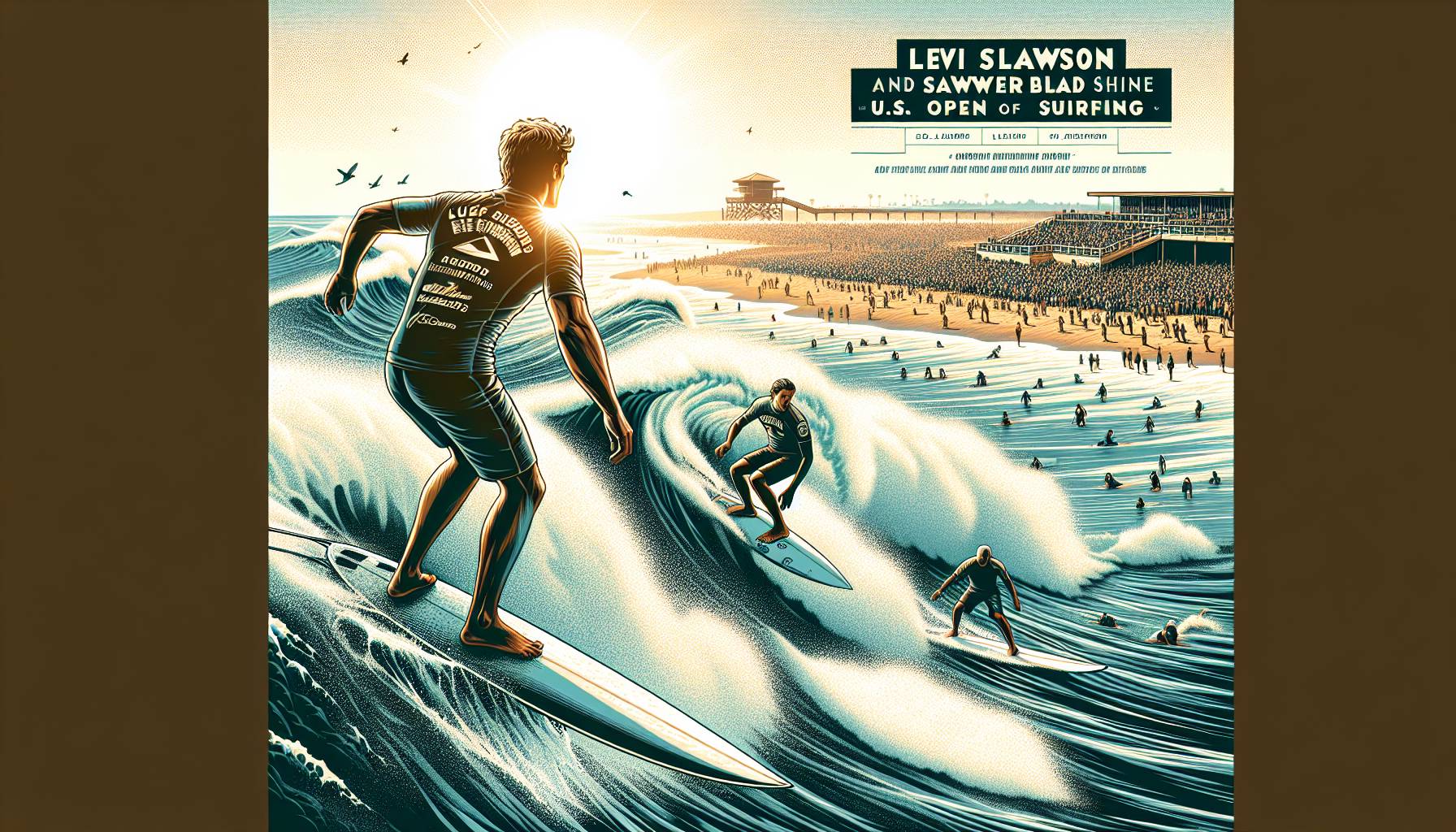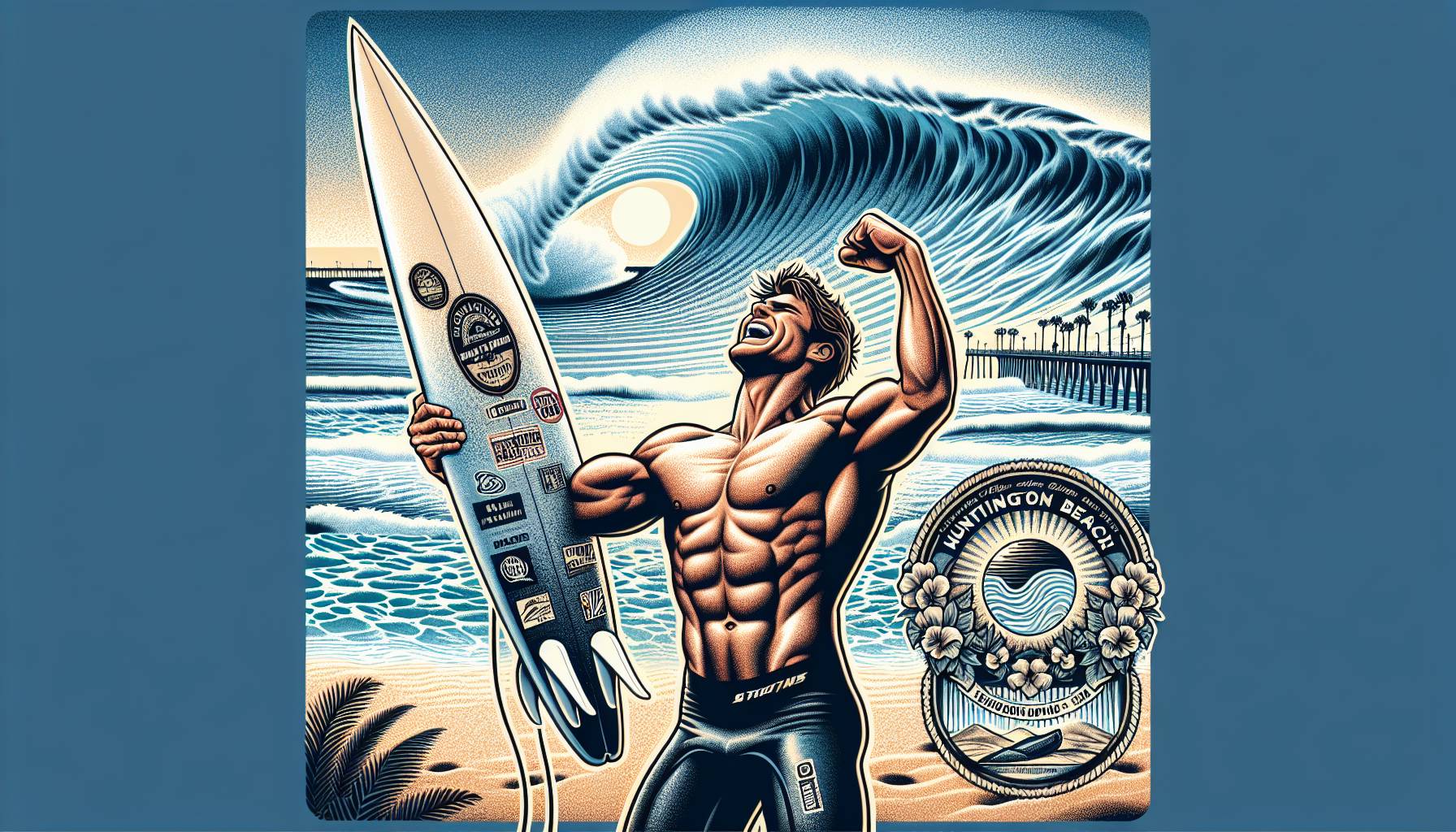Maya Gabeira’s rise in big wave surfing
Maya Gabeira’s journey into the world of big wave surfing began in Rio de Janeiro, where she was drawn to the ocean from a young age. Despite the lack of female role models in the sport at the time, her passion for surfing grew, and she quickly set her sights on the most dangerous and challenging waves in the world. Her determination led her to Hawaii, where she trained under the guidance of legendary surfers and honed her skills in some of the most treacherous waters on the planet.
In 2009, Gabeira made headlines when she successfully rode a massive wave at Dungeons, a notorious big wave spot in South Africa. This achievement marked her as one of the few women capable of competing at the highest level of big wave surfing. However, her rise to prominence was not without its setbacks. In 2013, while attempting to surf a colossal wave in Nazaré, Portugal, she suffered a near-fatal wipeout that left her unconscious and required a dramatic rescue. The incident could have ended her career, but instead, it became a turning point in her life.
Rather than retreating from the sport, Gabeira used the experience to fuel her comeback. She spent years recovering and rebuilding her strength, determined to return to Nazaré and conquer the wave that nearly took her life. In 2018, she did just that, riding a 68-foot wave at the same location, setting a new world record for the largest wave ever surfed by a woman. This monumental achievement solidified her place in the history of big wave surfing and proved that her resilience and dedication were unmatched.
Breaking barriers in a male-dominated sport
Despite her undeniable talent and record-breaking achievements, Maya Gabeira’s journey was fraught with challenges that extended far beyond the waves themselves. The world of big wave surfing, like many extreme sports, has long been dominated by men, with women often sidelined or dismissed as incapable of competing at the same level. Gabeira faced skepticism not only from her male peers but also from the broader surfing community, where traditional gender roles were deeply ingrained. Many questioned her ability to handle the physical and mental demands of big wave surfing, and some even suggested that women had no place in the sport at all.
Gabeira’s determination to prove her critics wrong was unwavering. She pushed herself to the limits, often training in isolation and enduring grueling physical regimens to ensure she could match the strength and endurance of her male counterparts. Yet, the barriers she faced were not just physical. The psychological toll of constantly having to justify her place in the lineup was immense. In interviews, Gabeira has spoken candidly about the fragile egos she encountered, with some male surfers going out of their way to undermine her achievements or downplay her successes.
One of the most striking examples of this occurred after her near-fatal wipeout in Nazaré. While many celebrated her survival and resilience, others were quick to criticize her, suggesting that she had been reckless or that she simply wasn’t cut out for big wave surfing. These comments, often from male surfers or commentators, highlighted the double standards that women in the sport continue to face. Where male surfers were praised for their bravery and risk-taking, women like Gabeira were often scrutinized for the same actions.
But rather than letting these criticisms deter her, Gabeira used them as fuel to push even harder. Her eventual return to Nazaré and her record-breaking ride in 2018 was not just a personal triumph; it was a powerful statement to the entire surfing world. By conquering one of the most dangerous waves on the planet, she shattered the notion that women were somehow less capable or less deserving of recognition in the sport. Her success forced many in the surfing community to confront their own biases and acknowledge that talent and determination know no gender.
Gabeira’s story is a testament to the power of perseverance in the face of adversity. She not only broke through the physical barriers of big wave surfing but also the deeply entrenched cultural and societal barriers that had long kept women on the sidelines. Her achievements have paved the way for future generations of female surfers, proving that the ocean doesn’t care about gender – only skill, courage, and the will to succeed.
Inspiring future generations of women surfers
Maya Gabeira’s impact extends far beyond her personal achievements in the water. Her journey has become a beacon of inspiration for young women around the world, particularly those who aspire to make their mark in surfing. By breaking through the barriers of a male-dominated sport, she has shown that women can not only compete but excel in arenas traditionally reserved for men. Her success has opened doors for a new generation of female surfers, who now see big wave surfing as a viable path, rather than an unattainable dream.
One of the most significant ways Gabeira has inspired future generations is through her visibility. In a sport where women have historically been underrepresented, her presence on the global stage has been a game-changer. Young girls who once struggled to find role models in big wave surfing now have someone to look up to – someone who has faced the same challenges they might encounter and has come out on top. Gabeira’s story is a reminder that with hard work, resilience, and self-belief, anything is possible, regardless of gender.
Moreover, Gabeira has been vocal about the importance of creating more opportunities for women in surfing. She has advocated for equal recognition and support for female surfers, both in terms of sponsorship and competition. Her efforts have contributed to a growing movement within the surfing community to level the playing field, ensuring that women have the same access to resources, training, and platforms as their male counterparts. This push for equality is already bearing fruit, with more women than ever before participating in big wave competitions and receiving the recognition they deserve.
Gabeira’s influence is also felt in the way she has redefined what it means to be a female athlete. She has shattered the stereotype that women in extreme sports must conform to certain expectations or limitations. Instead, she has embraced her own unique path, proving that strength, courage, and determination are not exclusive to men. This message resonates with young women who are looking to carve out their own space in the world of sports, whether in surfing or beyond.
As more women follow in Gabeira’s footsteps, the landscape of big wave surfing is slowly changing. The next generation of female surfers is not only more visible but also more empowered, thanks in large part to the trailblazing efforts of pioneers like Gabeira. Her legacy is one of breaking down barriers, challenging the status quo, and inspiring others to do the same. For young women who dream of riding the world’s biggest waves, Maya Gabeira has shown that the ocean is theirs to conquer.
Maya Gabeira’s rise in a male-dominated sport
Maya Gabeira’s journey to the top of big wave surfing wasn’t exactly a walk in the park—or a paddle in the shallows, for that matter. Born in Rio de Janeiro, she took on a sport where the line-up was mostly blokes, and not just any blokes—these were the kind of fellas who’d drop into waves the size of buildings without blinking. But Maya wasn’t fazed. She had her sights set on the biggest waves the ocean could throw at her, and she wasn’t about to let a few fragile egos get in the way.
In a world where women were often told to stick to the smaller stuff, Maya charged headfirst into the deep end. She trained relentlessly, pushing herself to the limits, and soon enough, she was making a name for herself in the big wave scene. But it wasn’t just the waves she had to conquer. The sport was—and still is—dominated by men, and Maya had to fight for every bit of respect she earned. She wasn’t just competing against the ocean; she was battling the stereotypes that said women didn’t belong in the big wave arena.
Her breakthrough came in 2009 when she surfed a monster wave at Dungeons in South Africa, one of the most notorious big wave spots on the planet. That ride put her on the map, but it was just the beginning. Maya kept pushing, kept charging, and in 2018, she set a world record by riding a 22.4-metre (73.5-foot) wave at Nazaré, Portugal. That’s right—she surfed a wave taller than a seven-storey building. Not bad for someone who was once told she didn’t belong in the line-up.
But it wasn’t all smooth sailing. Maya’s career has been marked by some serious wipeouts, including a near-fatal accident at Nazaré in 2013. She was knocked unconscious and had to be rescued by her tow partner, fellow big wave surfer Carlos Burle. It was a close call, but Maya didn’t let it stop her. She came back stronger, more determined than ever to prove that she could not only hang with the best but beat them at their own game.
Today, Maya Gabeira is one of the most respected surfers in the world, and she’s done it all in a sport where women are still fighting for equal recognition. Her rise to the top is a testament to her grit, determination, and a healthy dose of stubbornness. After all, when the waves are that big, you’ve got to be a little bit mad to paddle out in the first place.
Breaking barriers and inspiring future generations
Maya Gabeira’s story isn’t just about riding massive waves—it’s about smashing through the walls of a sport that wasn’t exactly rolling out the welcome mat for women. For years, big wave surfing was seen as a boys’ club, where the idea of a woman charging into the line-up was met with raised eyebrows and, let’s be honest, a few bruised egos. But Maya didn’t just break down those barriers; she obliterated them, one monster wave at a time.
Her record-breaking ride at Nazaré wasn’t just a personal victory; it was a moment that sent shockwaves through the surfing world. It wasn’t just about the size of the wave—it was about what it represented. Maya had done something that many thought was impossible for a woman in the sport. And in doing so, she opened the door for a new generation of female surfers who now see big wave surfing as a place where they belong.
But Maya’s impact goes beyond the surf. She’s become a symbol of resilience and determination, showing that with enough grit, you can carve out your own space—even in the most male-dominated arenas. She’s inspired countless young women to pick up a board and paddle out, not just in search of waves, but in search of their own place in the world. And let’s face it, if you can handle a 70-foot wave, you can handle just about anything life throws at you.
These days, Maya isn’t just riding waves—she’s making them. She’s an advocate for gender equality in sports, pushing for more recognition and opportunities for women in surfing. And while the surf world has come a long way, there’s still plenty of work to be done. But if Maya’s journey has taught us anything, it’s that change doesn’t come easy. It takes courage, persistence, and a willingness to paddle out into the unknown, even when the odds are stacked against you.
So, whether you’re a grommet just starting out or a seasoned surfer looking for your next challenge, Maya’s story is a reminder that the ocean doesn’t care who you are—it only cares if you’ve got the guts to take it on. And Maya? Well, she’s got guts in spades.

